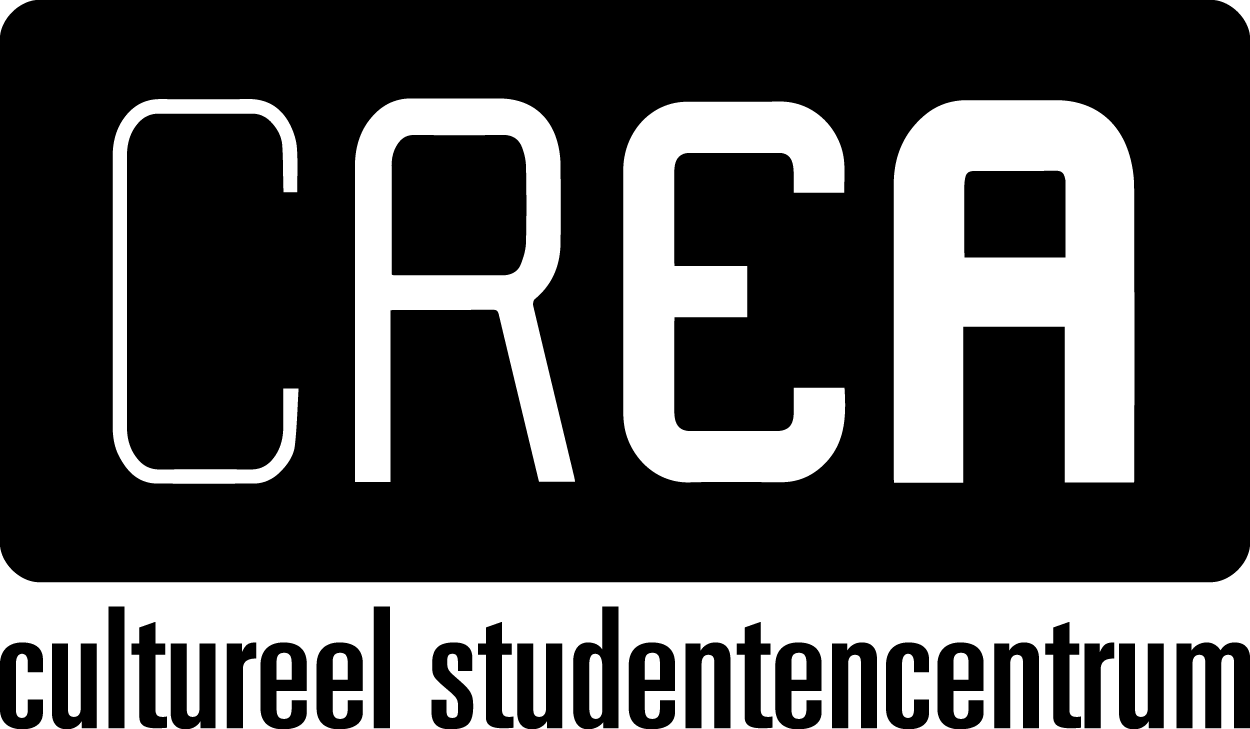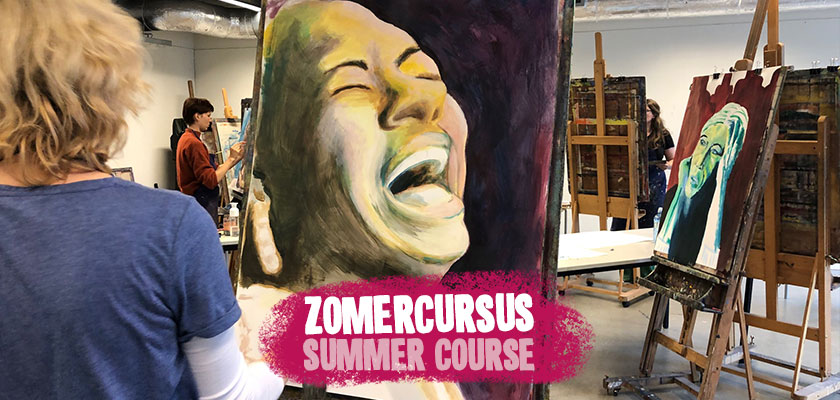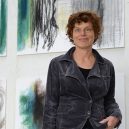Creating a portrait is more than just placing eyes, nose and mouth. It is an exciting combination of all kinds of factors that make it so special. A face is always in motion and can change expression in an ‘instant’ like a landscape of ever-changing emotions. Eyes, mouth, muscles, skin colour, shadows: everything is constantly moving.
If you want to show this in a still image, you can use all kinds of visual effects. Combinations of colour, unexpected angles and all kinds of details can create a multitude of impressions in the viewer. At the same time, there is also ‘movement’ in what someone wants to show of themselves or the other in the portrait being painted, as an expression of an opinion or of a very vulnerable feeling, or an expression of identity.
What will you be doing?
This week you will study portraiture in different ways. You will do so with drawing and painting materials, such as pencil, charcoal, pastel crayons, acrylic paint and gouache. First you make studies, both with a live model and each other as examples, but also in response to newspaper photos and television, for example. You study different facial expressions and the transitions between them. You dive into the extremes: emotions such as joy and sadness, aggression, fear and ecstatic happiness, love.
In addition, you will interview someone to see how you might incorporate background information. You investigate what influence soft and hard colours and much or little contrast have. Placement and the space around the portrait also play a role in how we experience it.
As a final piece of work, you make one big ‘portrait’; a head, into which you incorporate all sorts of things you have studied during the week. This person does not have to be recognisable as a portrait as we are used to. It contains elements that you find important for the idea you developed during the first days of the week.





